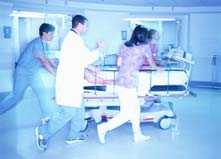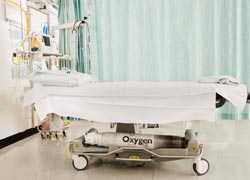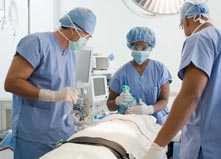Healthcare-associated Infections
- Making Health Care Safer - Think sepsis. Time matters.
Sepsis is a complication caused by the body's overwhelming and life-threatening response to infection. It can lead to tissue damage, organ failure, and death. Sepsis is a medical emergency.
8/23/2016 1:00:00 PM - Making Health Care Safer - Protect Patients from Antibiotic Resistance
People receiving medical care can get serious infections called healthcare-associated infections (HAIs), which may lead to sepsis or death.
3/3/2016 12:00:00 PM - Making Health Care Safer - Stop Infections from Lethal CRE Germs Now
Untreatable and hard-to-treat infections from CRE germs are on the rise among patients in medical facilities. CRE germs have become resistant to all or nearly all the antibiotics we have today. Types of CRE include KPC and NDM.
3/5/2013 12:00:00 PM - Making Health Care Safer - Stopping C. difficile Infections
People getting medical care can catch serious infections called health care-associated infections (HAIs). While most types of HAIs are declining, one - caused by the germ C. difficile* - remains at historically high levels. C. difficile causes diarrhea linked to 14,000 American deaths each year.
3/7/2012 12:00:00 PM - Making Health Care Safer - Reducing bloodstream infections (PDF)
A central line is a tube that a doctor usually places in a large vein of a patient's neck or chest to give important medical treatment. When not put in correctly or kept clean, central lines can become a freeway for germs to enter the body and cause serious bloodstream infections. These infections can be deadly. Of patients who get a bloodstream infection from having a central line, up to 1 in 4 die.
3/4/2011 12:00:00 PM
- Page last reviewed: August 4, 2015
- Page last updated: August 4, 2015
- Content source:
- Office of the Associate Director for Communications (OADC)
- Page maintained by: Office of the Associate Director for Communications (OADC)


 ShareCompartir
ShareCompartir




